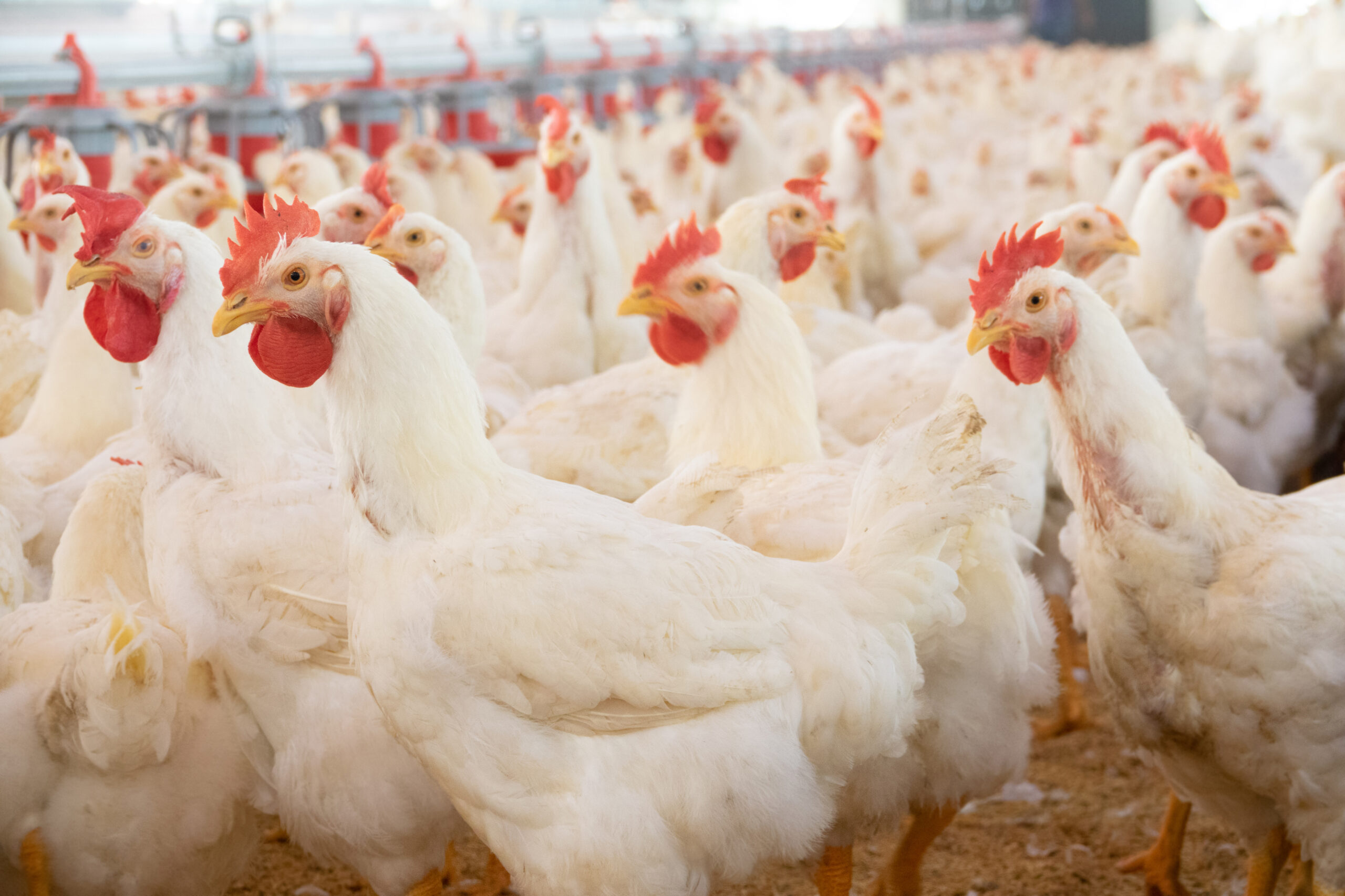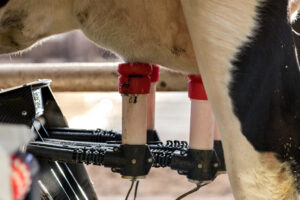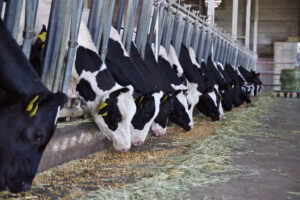With the reduction of AGP’s from animal diets, we have been confronted with a range of antibiotic alternatives, claiming to boost growth, performance and animal health. But can you still see the wood from the trees? A short overview is presented here.
Antibiotic alternatives: is replacing AGPs an easy thing?
With the reduction of AGP’s in animal diets, a wealth of feed additives came available on the market or were re-invented / boosted as being great “antibiotic alternatives”. A lot of these feed additives have already been used successfully for many years, such as organic acids, enzymes or probiotics. But new modes of actions were discovered from the conventional feed additives and also new products were introduced. It is important to mention that it’s not enough to simply replace one product by another. Taking one AGP out and replacing that with one other feed additive is too simple of a thought and there is no ‘one size fits all’ replacement. It always depends on the farming situation, health status of the animals and business goals.
Focus on gut health and immunity
AGP’s are known to do their work in the animal’s gut through suppressing pathogenic bacteria, enhancing nutrient uptake and reduction of inflammation of the gut wall amongst others. A healthy gut is crucial for livestock animals and helps them digest the feed in the most efficient way. Having a healthy microbiome (the microorganisms in the gastrointestinal tract) is also essential for immune development, immune response, and maximising animal productivity. AGP’s might work, but besides the fact that they support the formation of resistant bacteria, they can also suppress the beneficial bacteria in the gut, needed for an optimal balance and the production of certain health promoting metabolites.
Antibiotic alternatives: the main options
The most common AGP alternatives available (in alphabetical order) and some of their key benefits:
- Enzymes: Biologically active proteins to break down encapsulated nutrients.
Effect: Increased nutrient digestion and absorption
- Organic acids: Monocarboxylic acids or carboxylic acids bearing hydroxyl group.
Effect: Antibacterial properties, prevention of the proliferation of pathogenic bacteria in the gut.
- Plant-based solutions: Plant extracts, essential oils and herbs and spices.
Effect: Antimicrobial and antioxidant anti-inflammatory effects, increased digestion, feed efficiency and overall health and performance.
- Prebiotics: Indigestible (fibre-rich) feed ingredients.
Effect: Provision of food for the beneficial bacteria, stimulation of a beneficial microbial balance in the gut.
- Probiotics: Live organisms or live yeast.
Effect: Improved intestinal microbial balance.
- Short and medium chain fatty acids: Fatty acids molecules.
Effect: Antibacterial, Improved microbial balance.
- Synbiotics: A combination of probiotics and prebiotics.
Effect: Improved microbial balance.
The proven efficacy of plant-based feed additives
Over the years, special attention has been drawn to plant-based feed additives as one of the preferred alternatives to AGP’s. Plant-based solutions are natural bioactive compounds that are derived from plants. When incorporated into animal feed, they effectively increase feed intake, digestion, feed efficiency and animal performance. Plant extracts are the natural answer to AGP’s because they are the closest answer to the AGP mode of action and fit in the consumer demand for cleaner, natural and environmentally friendly solutions to feed our animals. The efficacy and reliability of phytogenics are more and more proven by science and application in the field. In the post AGP era, phytogenics are definitely here to stay.
In part 1 of this article we explained the route that led us to AGP’s in the first place – you can find it here.






